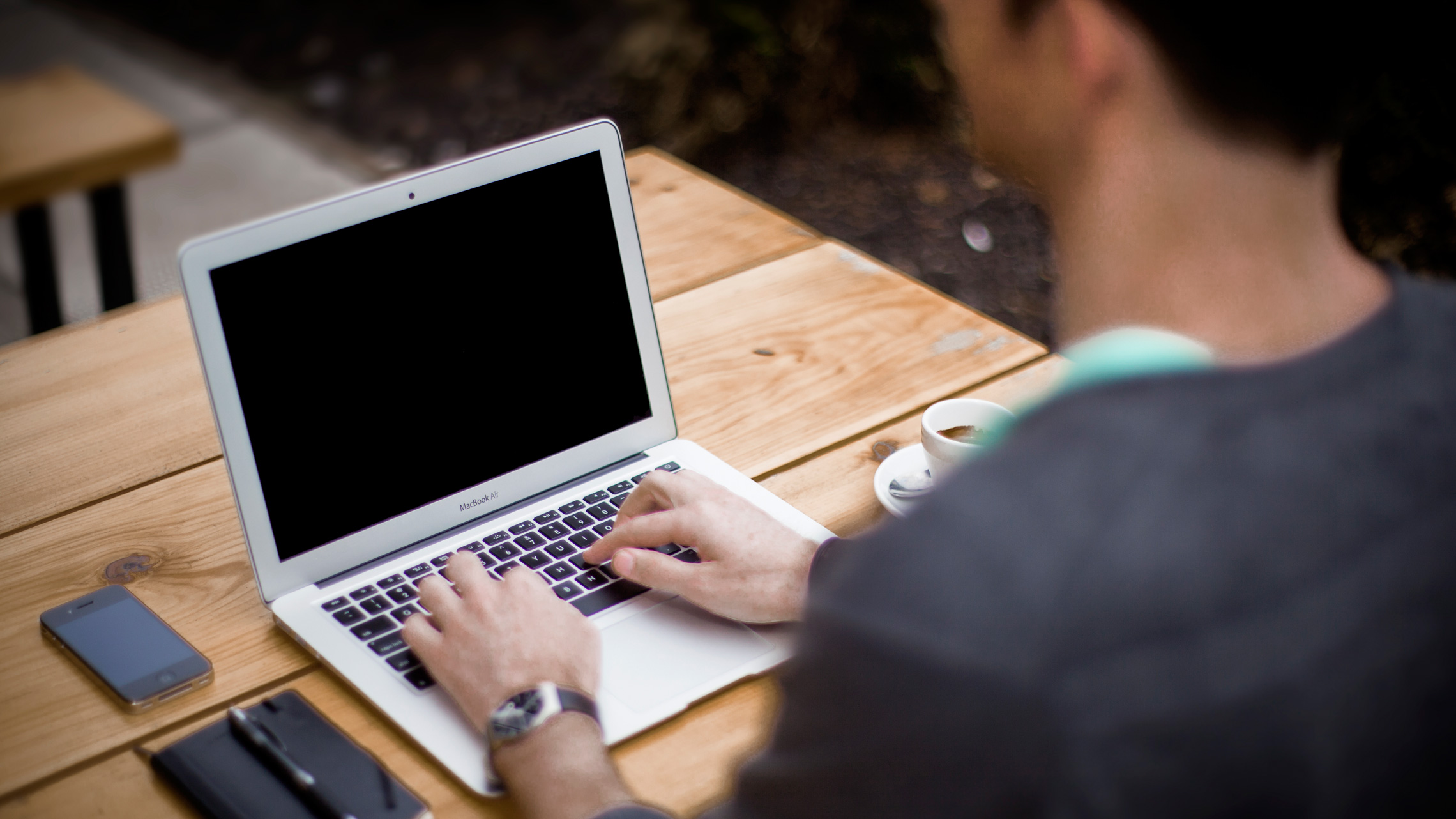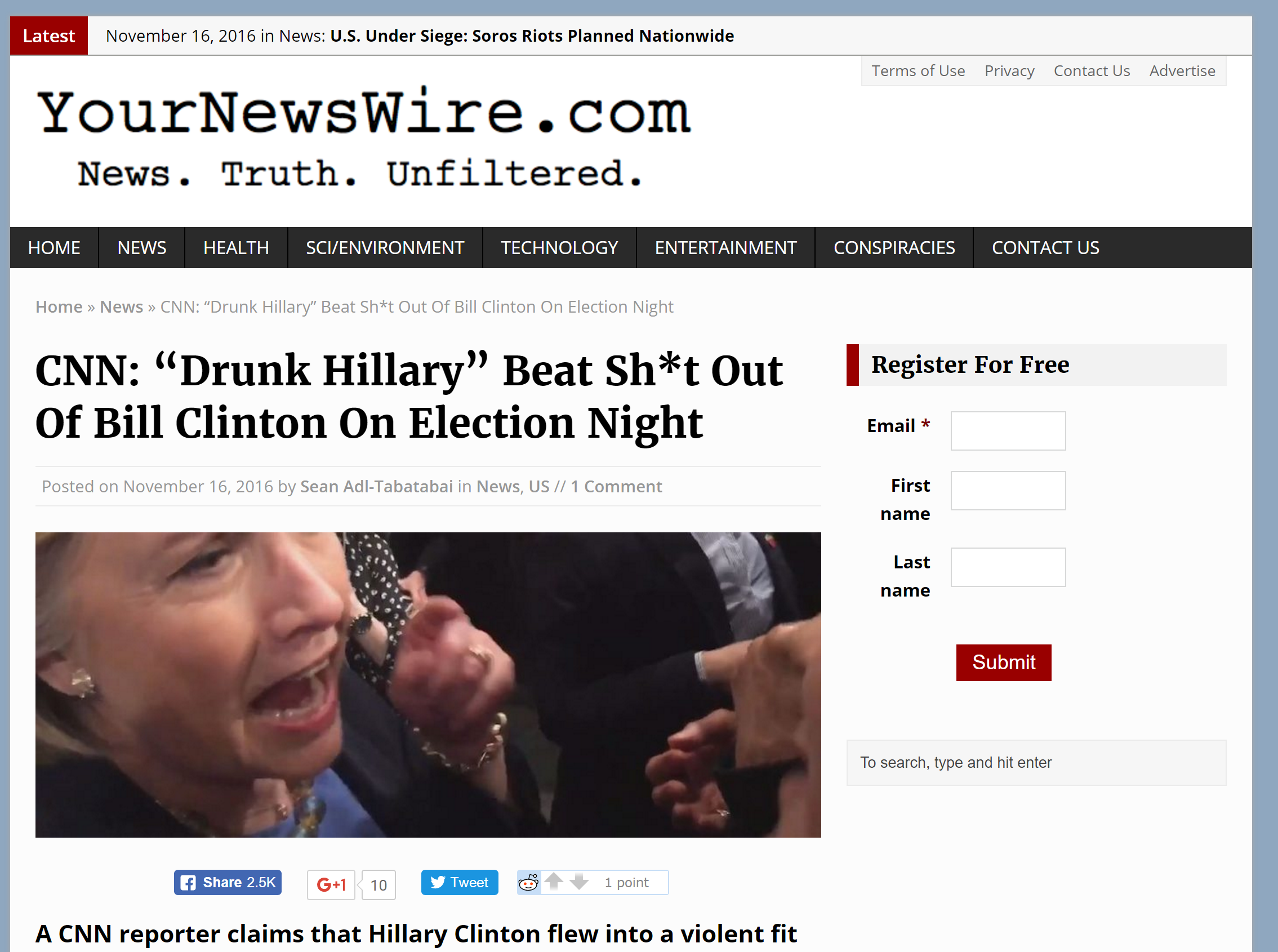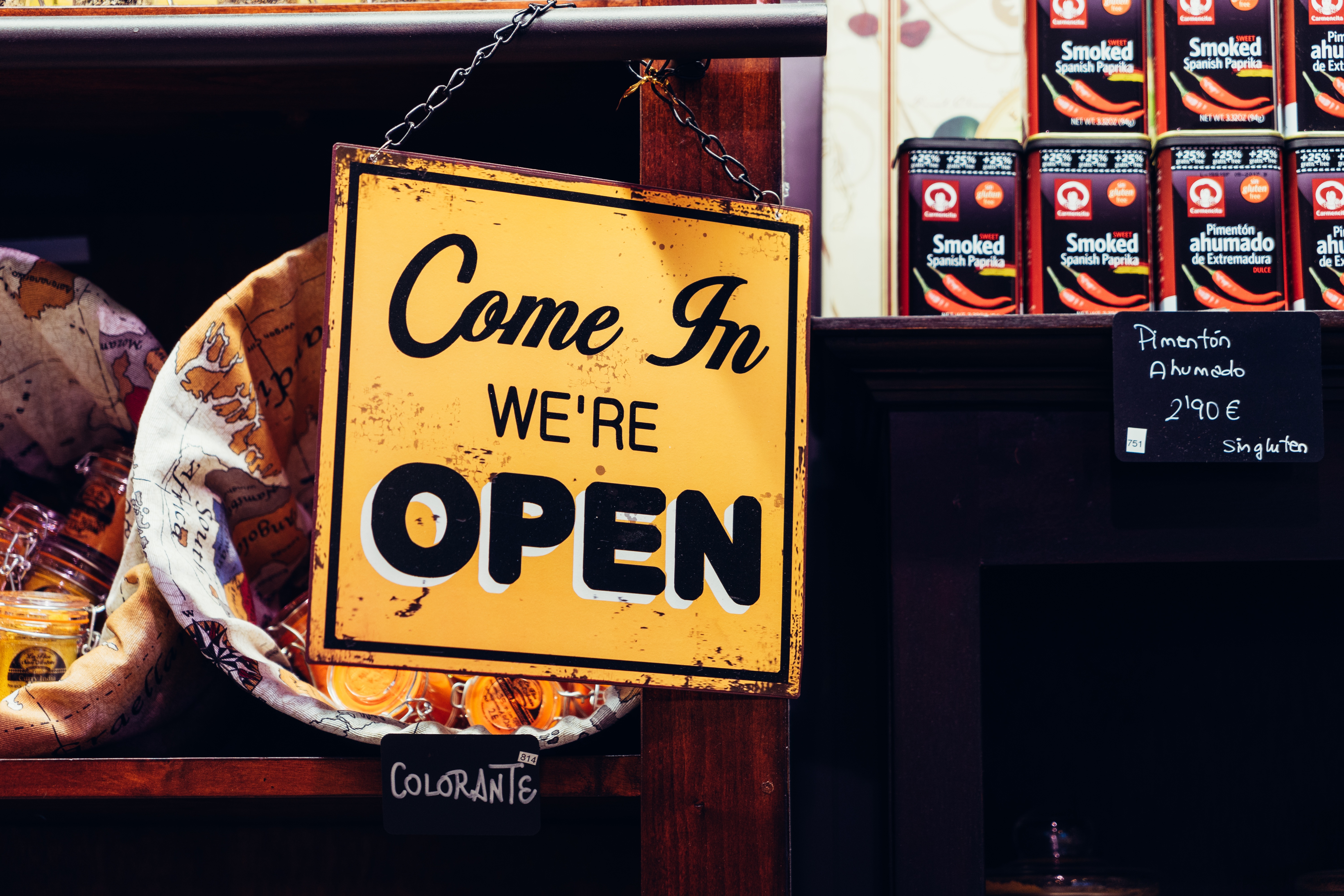The Filter Bubble: What is it? (Part 1 of 3)
By Lauren Old
When I started writing about the filter bubble I didn’t realise how much I would have to say on the topic, so I decided to turn this into a series of posts.
This week I’ll be covering the basics of the filter bubble, next week I’ll be looking at what this means for businesses, and I’ll conclude the week after with what this means for customers.
In simple terms
In basic terms, the filter bubble is the result of the algorithms used by social media to determine what you see on your news feed. It uses information stored on you such as your location, past click behaviour and search history to figure out which stories and posts you would most be interested in.
History of the filter bubble
The term ‘filter bubble’ was first coined by Eli Pariser in his book The Filter Bubble: What the Internet is Hiding From You. He describes is as:
“that personal ecosystem of information that’s been catered by these algorithms”
Since the 2011 release of his book, the filter bubble has continued to gain the attention of communications professionals and has since entered the realms of mainstream media.
One of the most prominent arguments against the filter bubble came as a result of the 2016 Presidental Elections. Some people argued that Trump’s victory was surprising as most social media users only saw content relevant to their own political views, consequently underestimating his political following and contributing to low voter turnout.
With this in mind, I don’t think I could put it any better than Eli when he says:
“Ultimately, democracy works only if we citizens are capable of thinking beyond our narrow self-interest. But to do so, we need a shared view of the world we cohabit. We need to come into contact with other people’s lives and needs and desires. The filter bubble pushes us in the opposite direction – it creates the impression that our narrow self-interest is all that exists. And while this is great for getting people to shop online, it’s not great for getting people to make better decisions together.”
The Debates
The jury is still out over whether the filter bubble is a good or bad thing.
While the aim of these algorithms is to provide tailored content to users based on their interests, there are arguments to suggest that this narrows their world view and places users in a so-called ‘bubble’.
Alternatively, you could argue that the filter bubble is providing a more personalised experience but is no more unethical than a typical newsroom with the usual editorial bias. However, what social media fails to achieve is place content in a global or historical context.
There are also arguments against the filter bubble for cutting people off from other world views, closing people off from new ideas, subjects and important information.
It’s a natural progression of this debate that now puts the onus on social media platforms to ensure that their users are able to access a variety of relevant and informative content from a diverse network or sources.
With no major changes in the way social media operates since Eli Pariser wrote his best-selling book, it will be interesting to see how platforms respond as the ethics of the filter bubble continues to feature in mainstream news.



